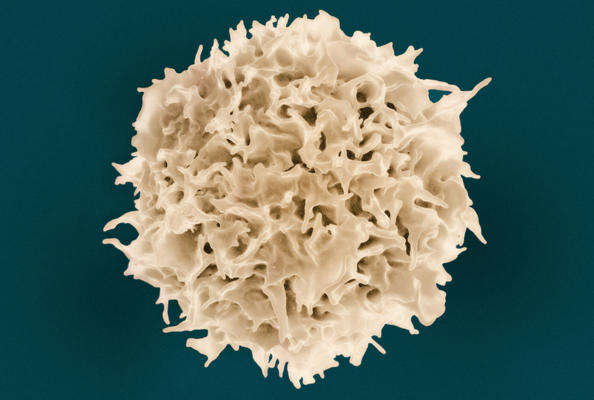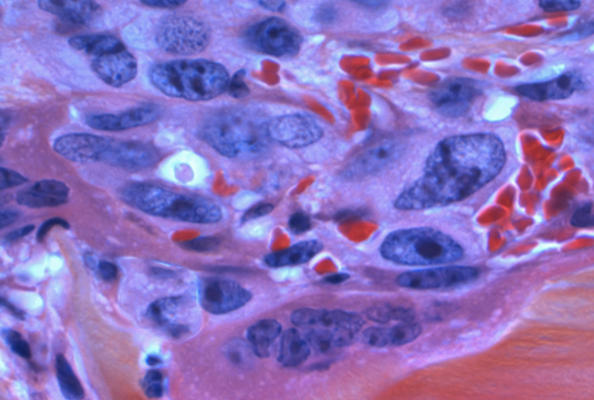
- Details
-
Also available in:

- Parent Category: Knowledge Base
- Hits: 177
Psoriatic arthritis (PsA) is a chronic inflammatory disease affecting multiple tissues, including the skin, joints, and entheses, severely restricting patients' mobility and diminishing their quality of life and work productivity. Conventional disease-modifying antirheumatic drugs (DMARDs) show limited efficacy in some patients. Existing traditional monoclonal antibody (mAb) biologics face challenges due to their large molecular size (approximately 150 kDa) and poor tissue penetration, hindering effective distribution to poorly vascularized tissues like the synovium and entheses. This results in significantly lower drug concentrations in synovial fluid compared to plasma, limiting their therapeutic potential. Studies indicate that only about one-third of patients achieve minimal disease activity (MDA) within six months of initiating biologic or targeted synthetic DMARDs. Furthermore, PsA pathogenesis is closely linked to the interleukin-17 (IL-17) cytokine family. Both IL-17A and IL-17F are overexpressed in lesional tissues and form homodimers and heterodimers that collectively drive inflammation. Inhibiting only a single cytokine is often insufficient for optimal therapeutic outcomes. Therefore, developing novel antibody therapies that combine dual-target inhibition with enhanced tissue penetration is crucial for overcoming current treatment bottlenecks in PsA.

- Details
-
Also available in:

- Parent Category: Knowledge Base
- Hits: 150
T-cell malignancies are a group of highly aggressive hematologic tumors with high relapse rates and generally poor patient prognosis. A significant challenge arises because CD5, a characteristic marker of malignant T-cells, is also expressed on almost all normal T-cells. This makes CD5-targeting CAR-T therapies unable to distinguish friend from foe, leading them to attack normal T-cells and potentially cause immune function failure. Natural Killer (NK) cells, as key effector cells of the immune system, can recognize and eliminate tumor cells without prior antigen sensitization. Furthermore, their surface lacks CD5 expression, making them ideal effector cells for targeting CD5+ tumor cells.

- Details
-
Also available in:

- Parent Category: Knowledge Base
- Hits: 189
The tumor suppressor protein p16INK4a (p16) plays a critical role in cell cycle regulation by inhibiting CDK4/6 kinase activity, thereby preventing abnormal cell proliferation and acting as a natural "cancer guardian." However, in many cancers, the p16 gene is frequently inactivated by mutations. Missense mutations, in particular, lead to protein structural instability, making p16 prone to degradation or misfolding, and consequently, loss of its tumor-suppressive function. It is estimated that over half of familial melanomas and many sporadic tumors harbor p16 mutations. Traditional gene therapies or small-molecule drugs struggle to directly "fix" such structurally unstable proteins. Therefore, finding molecular chaperones that can stabilize mutant p16 has emerged as a new therapeutic direction.

- Details
-
Also available in:

- Parent Category: Knowledge Base
- Hits: 245
With the groundbreaking progress of immune checkpoint inhibitors (ICIs) in human cancer therapy, the demand for similar treatments in companion animals, such as dogs, is increasingly growing. Spontaneous canine tumors share high similarities with human tumors in terms of immune microenvironment, genetic background, and clinical progression, making them ideal translational medicine models. However, the market still lacks efficient and specific immunotherapeutic drugs targeting canine PD-L1. Most existing antibodies are derived from murine sources or are humanized, suffering from issues like strong immunogenicity, high production costs, and poor tissue penetration. Therefore, developing a novel canine PD-L1-targeting inhibitor based on Nanobodies (Nbs) holds promise not only for advancing veterinary oncology but also for providing valuable references for human immunotherapy research.





